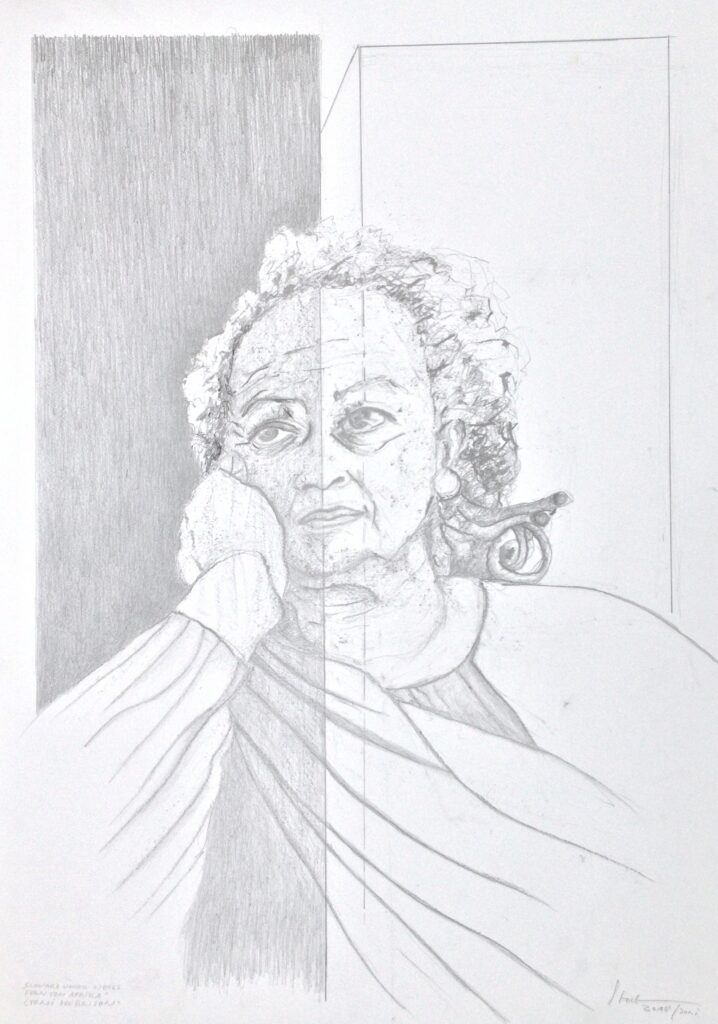The term magic realism is mainly used in narrative taking elements or resources from fable, gothic romance or folk tale. The narration is seemingly normal describing the everyday life of the protagonist; however, a sudden inclusion of mythical or fantastic elements comes into play. This inclusion provides a kaleidoscopic view of the plot and how the diversified mind of the protagonist is thinking. Eventually, the line between reality and fantasy blurs merging the two into one understandable whole.
Characteristics of Magic realism
Setting – Magic realism works take place in settings that are familiar to the reader. Regular phenomena with normal occurrences are seen. The magic element is shown in this realistic setting and the focus is majorly on the plot rather than going into explanation of this magical presence. Furthermore, the magical presence is shown or understood as the reflection of the extreme mind of the protagonist (most of the cases).
Magical presence – Stitching from thread like tears, seeing dead people, feeling the presence of something or someone, able to have telepathic powers, etc. are some of the magical elements found in magical realism genre. These occur without any explanation and are depicted as normal things happening in the world rather than exaggerating them. There is no natural law to describe the presence and the author makes a deliberate attempt to normalize these elements. The author tries to show them as a part of everyday life of the character.
Commentary – Magic realism genre uses the mystical elements to criticize the political state or history or aristocratic behavior of the society. In Latin American literature and African literature this has helped authors to show what has happened to their traditions and how generations suffered due to the unethical domination of the Western countries.
Plot – There is no beginning, middle and end in magic realism like other genres of literature. Tim and space are just concepts that are easily broken and bound as fit by the author. This enables the author to create a perfect string of emotions that could draw the reader into completing the work and see how reality and mystical elements conjure a conclusion.
History
The term “magic realism” was first used by Franz Roh, a German art critic, in the year 1925. His concepts on the same were published in the book “After Expressionism: Magical Realism”. This was later translated to Spanish and Alejo Carpentier further developed the form. Gradually, Latin American writers took a liking to this concept and developed their own versions of magical realism. In a few decades, this style of writing spread across the UK, African nations and some parts of Asia.

Famous works of this genre
Magic realism as a genre produced some classics of literature that every bookworm should read. Here are some of the finest works of this genre:
Alejo Capentier’s “The Lost Steps” [1953],
Gunter Grass “The Tin Drum” [1959],
Gabriel Garcia Marquez’s “One Hundred Years of Solitude” [1967],
Toni Morrison’s “The Bluest Eye” [1970],
Italo Calvino’s “Invisible Cities” [1972],
Salman Rushdie’s “Midnight’s Children” [1981],
Isabel Allende “The House of Spirits” [1982],
Toni Morrison’s “Beloved” [1987],
Laura Esquivel’s “Like Water for Chocolate” [1989],
Haruki Murakami’s “The Wind-Up Bird Chronicle” [1994] and
Neil Gaiman’s “The Ocean at the End of the Lane” [2013].
Magical realism in many ways has criticized the past, post-colonial psychology and displayed the horrors of oppressed people. But, that is only a part of the genre and the pinpoint description of day-to-day life of the characters and how the magical elements play a role in the plot is what makes this genre unique.
Magical Realism - Download in PDF
